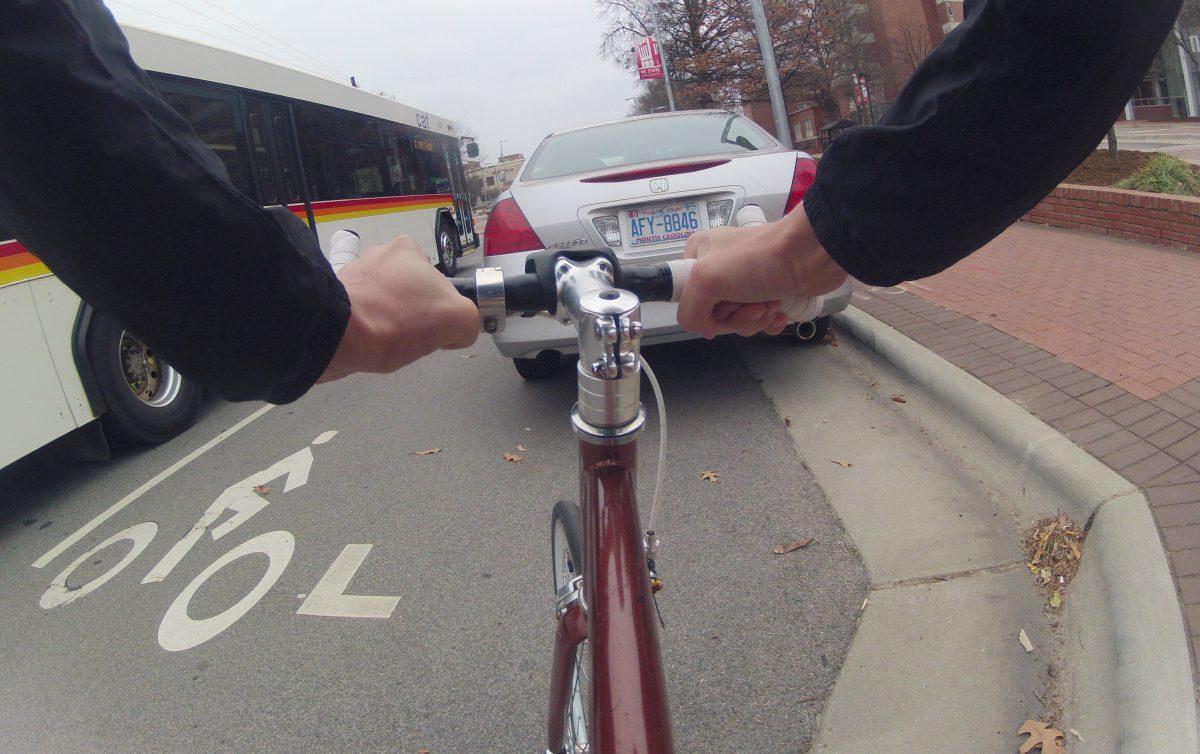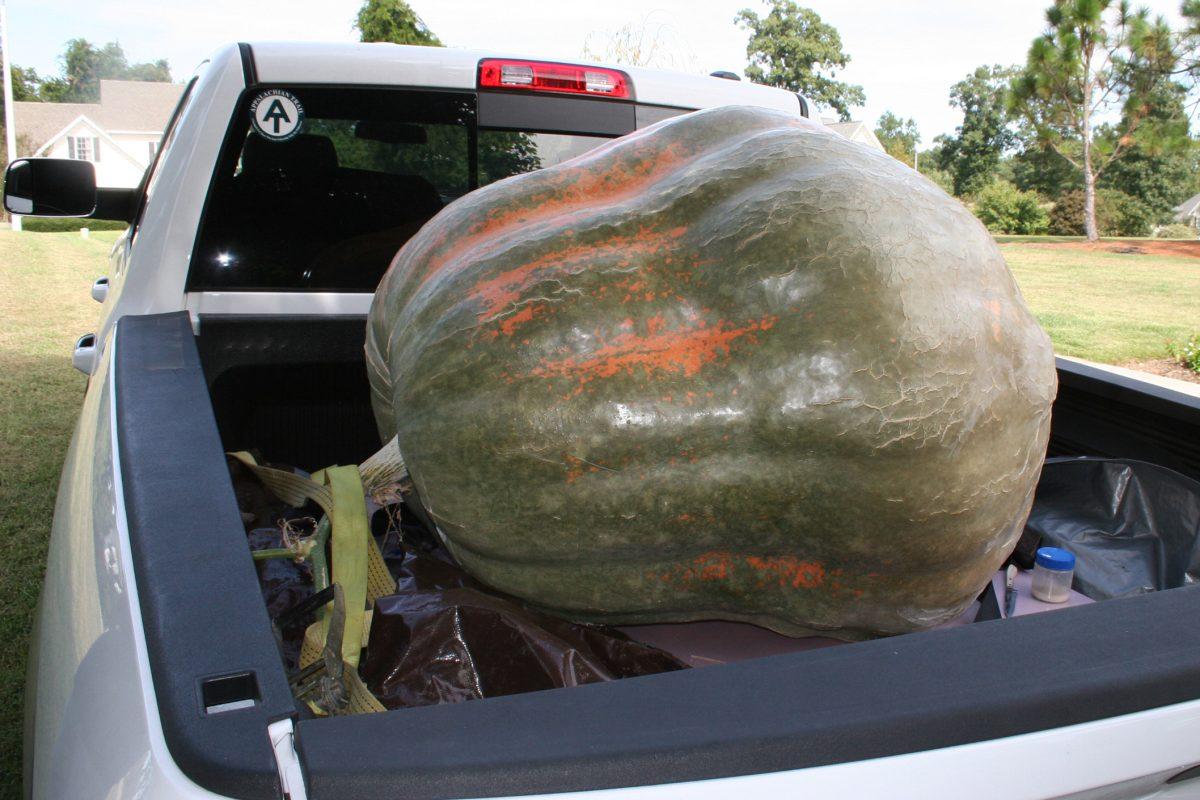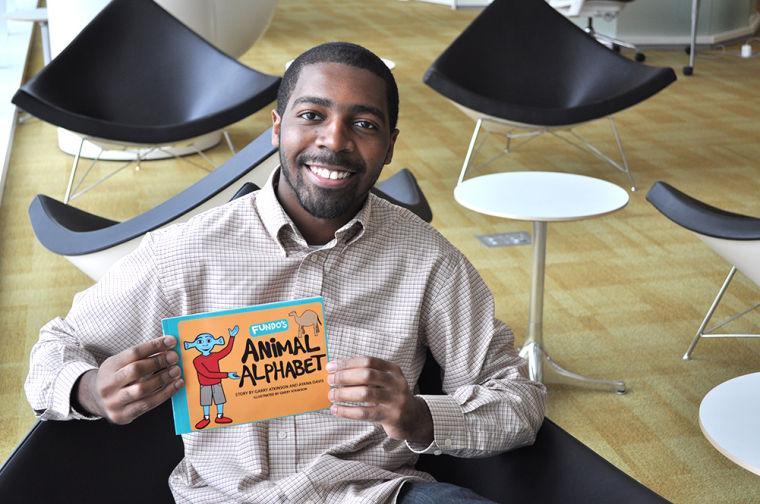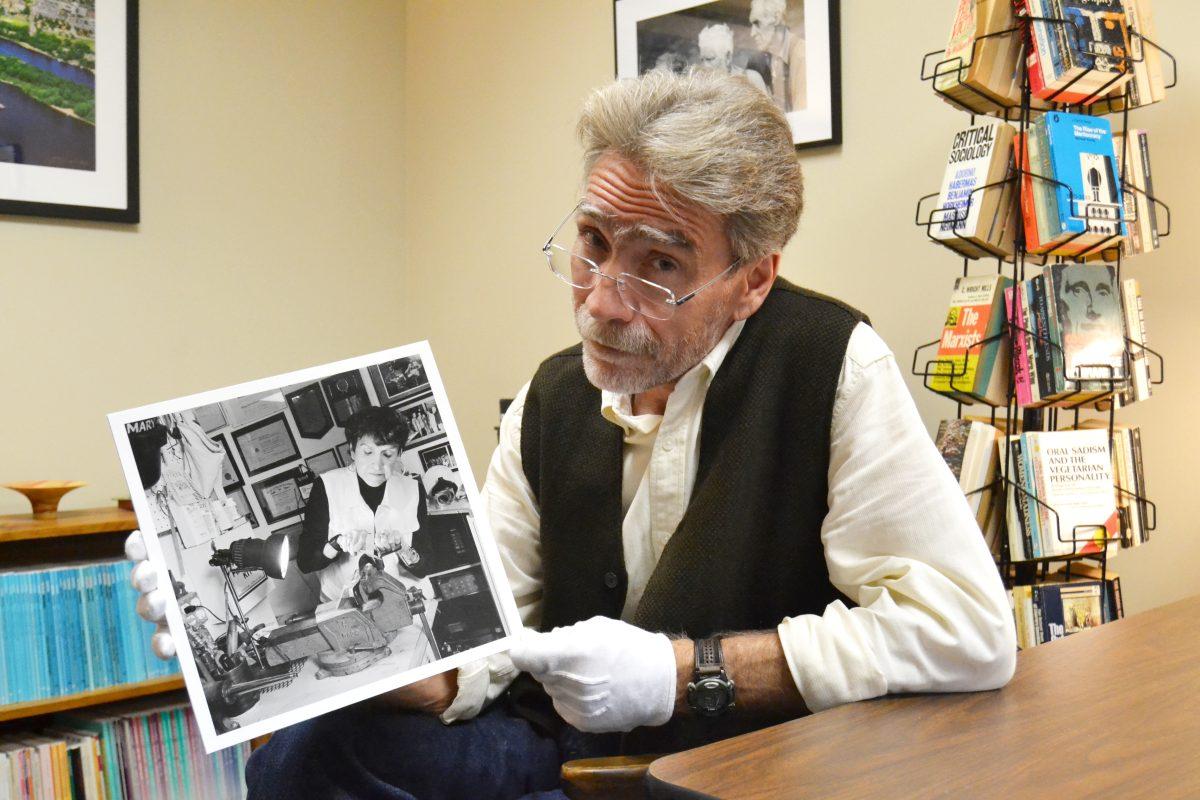Cyclists are members of the modern city. Whether it began with the green movement or high obesity rates, cities — Raleigh not excluded — are accommodating to bikers.
City planners laid out a comprehensive bike plan in 2009 to accommodate for 440 miles of bike-accessible roads. The city added bike lanes and removed a few car lanes since then, but the work is not over.
Jennifer Baldwin, a bicycle and pedestrian coordinator for the City of Raleigh, was hired immediately following the plan. She helped Raleigh achieve a Bronze ranking by the League of American Bicyclists in 2011, and said she hopes to turn the city Silver in 2013.
Raleigh’s fast-growing population — almost 50 percent since 2000 — creates a multimodal puzzle. Bicycles are an increasingly important piece, according to Baldwin.
“As the population continues to grow, obviously our transportation need will grow,” Baldwin said. “The more options people have, the more that can help alleviate some of the congestion issues we will be facing here in the triangle.”
Steven Goodridge, alumnus and League of American Bicyclists certified instructor, agrees with Baldwin’s sentiment but said some bike accommodations are less than helpful.
“I think there is a lot of window dressing that doesn’t do anything operationally, but there are some core improvements that really are good,” Goodridge said. “The things that are the most visible are not actually that useful. The things that are useful are often harder to notice.”
Paint on narrow roads seldom helps traffic flow, and the bike lanes bordering campus on Hillsborough Street are dangerous, Goodridge said.
Cutting down the number of lanes is a more serious solution that “changes the nature of the roadway” in many cases. A stretch of Avent Ferry Road has experienced this change, as well as the stretch of Hillsborough Street between the Bell Tower and downtown.
“I’ve been riding in Raleigh for a long time and I find that, other than the rough pavement, operationally [cycling] usually isn’t very bad,” Goodridge said. “But sometimes there are cultural problems that aren’t really safety problems and often result in harassment.”
The future of cycling is often defined by public perception, Baldwin said.
“I think we are headed toward [cycling as common transportation], but it takes so much more than a city and the infrastructure. It’s a culture shift,” Baldwin said.
Two percent of Triangle-area residents use bikes as their main mode of transportation, but opinions are shifting and more people are biking.
“Harassment is going down and there is better education,” Goodridge said. “The police are becoming aware of the rights of bicyclists on the roadways and the best practices for [implementation].”
According to Baldwin, this shift is occurring quicker in some parts than others.
“The bike plan itself really puts a high priority around N.C. State’s campus because that’s where most of the users are,” Baldwin said.
Counters will be placed on Hillsborough Street to gauge how much the road is being used by cyclists, Baldwin said. The road has seen re-pavement and added bike lanes since 2011.
Goodridge biked for transportation in Raleigh while obtaining his master’s and doctorate in electrical engineering during the ‘90s. Cycling was originally out of necessity.
“For me as a student, cycling was all about self-reliance,” Goodridge said. “I was paying my way through school and couldn’t afford a car, so my bike was how I got around.”
Biking took Goodridge where other forms of transportation could not and quickly became important to him.
“I could go where buses couldn’t go. I could go where buses couldn’t travel,” Goodridge said.
Looking beyond environmental and health advantages of cycling, Goodridge said bike-friendly streets aid the local economy.
Employers can incentivize workers with the average $20 a day they would save without a car commute, according to Goodridge. It is an advantage often overlooked that requires the cooperation of local planners.
“A bike is just a very valuable form of transportation,” Goodridge said.
Goodridge, a resident of Cary, said he chooses to commute to Raleigh via bike, weather permitting, but realizes it isn’t always realistic.
“People have different preferences at different stages of their lives,” Goodridge said. “We as Americans really value having flexibility in mode choice.”
Above all, biking is an important option that should be accessible, Baldwin said.
“It’s not whether they should choose, it’s just . . . giving [citizens] the option to choose,” Baldwin said.





